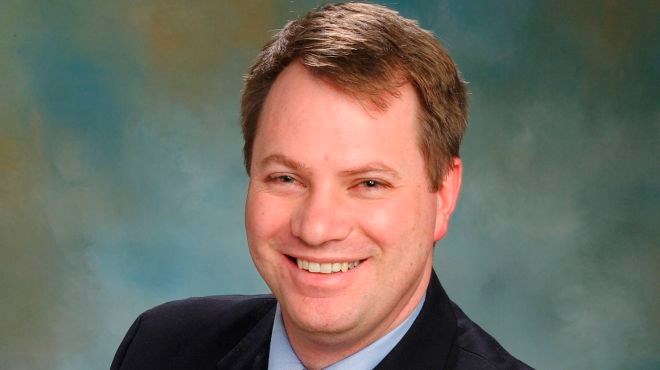One hundred million Canadians by 2100. This is the bold goal set for us by the Century Initiative (a group of business leaders and Canadian intellectuals) and now endorsed by Prime Minister Trudeau’s Advisory Council on Economic Growth. But I want to highlight something missing from this glorious plan for 100 million Canadians.
Canada is already on track to be a country of 50 or 60 million people by 2100. Our large cities are generally better placed, economically and demographically, than the rest of the country. So, we need to not only add to our immigration levels; we need to change where these immigrants are going. Far more of these new immigrants, for example, must be attracted to Northern Ontario than has been the case in recent years.
Of the 11 census districts in Northern Ontario, all of them are currently experiencing labour shortages, population decline, and population aging that, absent immigration or a sudden change in domestic birth rate, are only going to get worse. Just to limit the fall in our ratio of dependents to working age people to match the expected Ontario level by 2041, Northern Ontario needs some 5,000 new people a year for the next 20 years. That’s 100,000 new Northerners. We need 300,000 new Northerners, 15,000 a year, if we want to maintain our current ratios of workers to dependents.
Note that this is not in place of fully educating and engaging our domestic underemployed and unemployed population; this is in addition to that. I can’t emphasize that point enough. This is NOT, as some critics of higher immigration targets like to suggest, an either/or exercise. We must do BOTH, and we must also support families better. And we must enhance our productivity through innovation and invention.
Let’s not kid ourselves, these are big numbers. Almost a 40 per cent increase in our population just to replace the workers we are going to lose. We will likely need more people as demand for health and long-term care expands with the aging of the people who are already here, so call it a 50 per cent increase just to keep the economy and service levels that we already have.
To grow further, we will need even more people. I say let’s aim to double our population. If we are setting a national goal of 100 million Canadians by 2100, then two million of them need to live in Northern Ontario.
It isn’t as if we can’t house them. We have space, and more, in Sudbury alone to swallow 15 southern Ontario cities, including Toronto.
It isn’t as if we can’t employ them. We have, right now, labour shortages in both skilled and unskilled professions and the openings will accelerate as boomers age. Our participation rate, unemployment rate and employment levels for youth ages 15-29 are already better than the provincial and national averages and have been for most of the last 15 years.
But as the government has started small in tweaking overall immigration targets, let’s start small growing the North. Northern Ontario should have its own, dedicated, immigrant nominee program. Indeed, northwestern and northeastern Ontario should have their own allocations, but if we can get one for the North as a whole, we should take it.
In 2014, Canada accepted around 47,000 new immigrants under provincial nominee programs. Ontario accepted a little over 2,100, and Northern Ontario got hardly any of those. Manitoba alone welcomed over 12,000, P.E.I. 1,400, New Brunswick 2,100. Manitoba, it should be noted, is having great success with their nominee program in part because they allow sub-provincial allocations and because they attract immigrants for the jobs that are there, not the jobs they would like to create. Northern Ontario can easily emulate that success.
It would be a simple thing for Ontario to allocate 500 nominees of its quota to the North, or for the federal government to assign 1,000 additional nominees to our region as a pilot program for five years. That’s half the level of New Brunswick, and our total population (as well as our demographic challenges) are decidedly similar.
A thousand a year for five years won’t get us to two million, but it’s a start.



